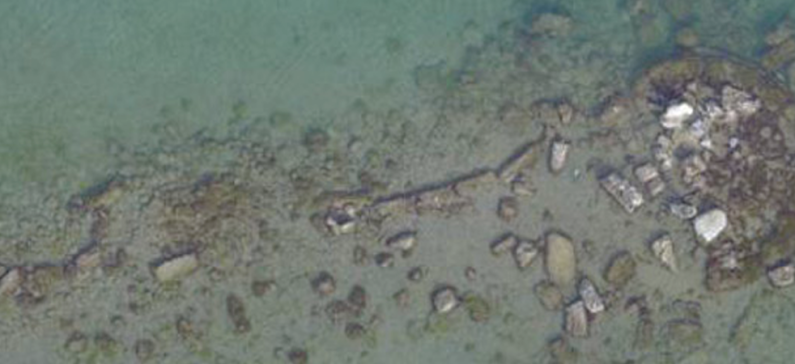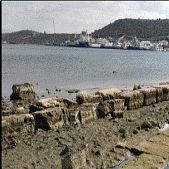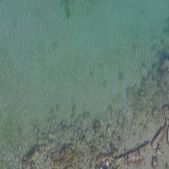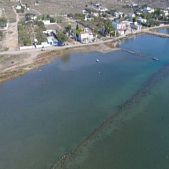
Port of ancient sea battle of Salamis discovered
The Greek Ministry of Culture announced that the location where the Greek naval forces had gathered before the historic sea battle of Salamis against Persians in 480 BC has been discovered. The battle of Salamis is one of the most important battles in the history of Ancient Greece. It was a naval battle fought between an alliance of Greek city-states under Themistocles and the Persian Empire under King Xerxes in 480 BC which resulted in a decisive victory for the outnumbered Greeks. The battle was fought in the straits between the Attica mainland and Salamis, an island in the Saronic Gulf near Athens, and is deemed as the climax of the second Persian invasion of Greece.
The announcement clarified that the location was most likely the commercial as well as the navy port of the island of Salamis in the classical ancient Greek era, the largest and closest of the Athenian state, after the three ports of Piraeus Kantharos, Zea and Munichia.The discovery came to light after ongoing archaeological search that started in November-December 2016 by team of 20 experts and scientists from several Greek universities and archaeological bodies and was funded by the British Horon Frost Foundation that supports Maritime Archaeology in the eastern Mediterranean Sea.
It is the commercial and probably war port of the classical and Hellenistic period of the city-state of Salamis. It is also the region where a portion of the united Greek navy had gathered on the eve of sea battle in 480 BC. It is the pool part of the united Greek fleet on the eve of the great battle of 480 BC, which is adjacent to the most important monuments of the Victory: the Polyandreion (tomb) of Salamis fighter and the Trophy on Kynosoura. References to the ancient port of Salamis has been found in the works of geographers Skylakos (4th BC) and Stravon (1st BC-1st AD) as well as of traveler and geographer Pausanias (2nd AD).
The search also verified the existence of ancient artifacts submerged on the three sides (north, west and south) of the bay of Ambelakia. Some of the findings that came to light included port structures, fortifications and various other buildings. Following aerial photography, photogrammentric processing, topographical and architectural documentation, the first visible map of the region came to surface. The investigation confirmed that the three sides of Ambelakia Bay (north, west and south) kept submerged antiquities, which gradually sink and emerge due to changes of the sea level, which, especially in February, reach half a meter.
The findings include harbor structures, fortifications and various premises and are considered of major historical significance for archaeologists and fans of Ancient Greece.Ancient Greek historian Herodotus recorded that there were 378 triremes in the Allied fleet. The Persian fleet initially numbered 1,207 triremes. However, by his reckoning they lost approximately a third of these ships in a storm off the coast of Magnesia, 200 more in a storm off the coast of Euboea, and at least 50 ships to Allied action at the Battle of Artemisium.











Marcia
-20/03/2017 7:16 am
Great piece… read The Battle of Salamis by Barry Strauss to find out more. It’s a great read